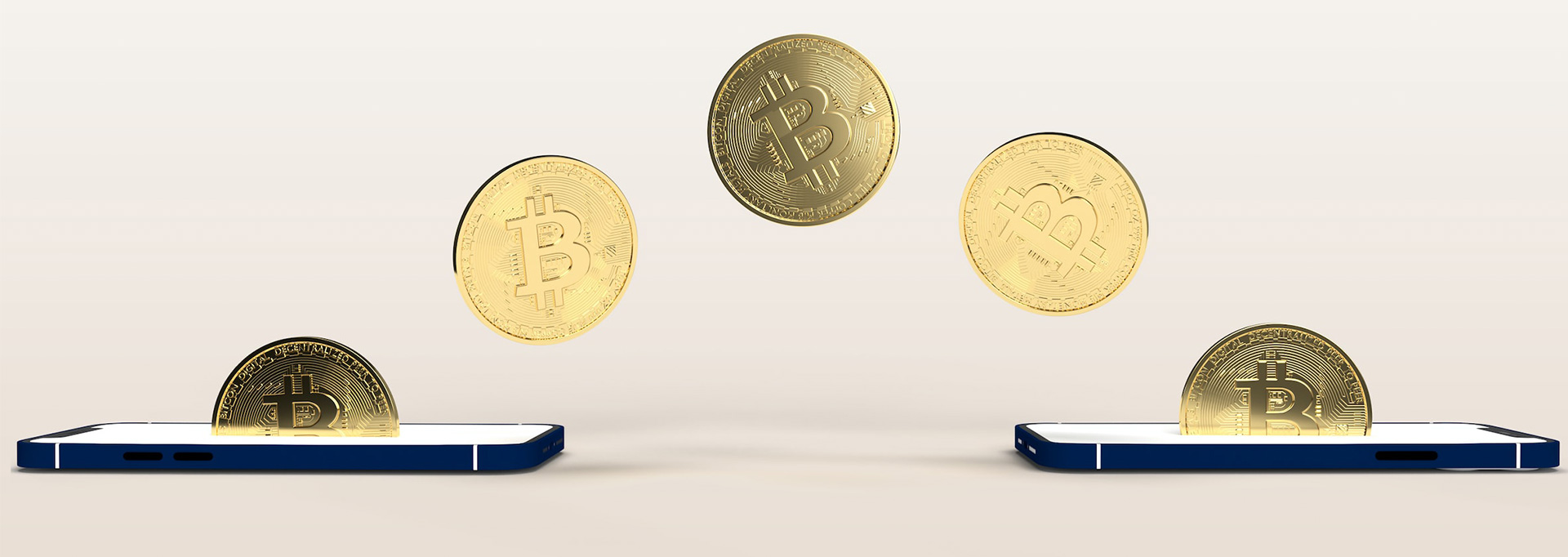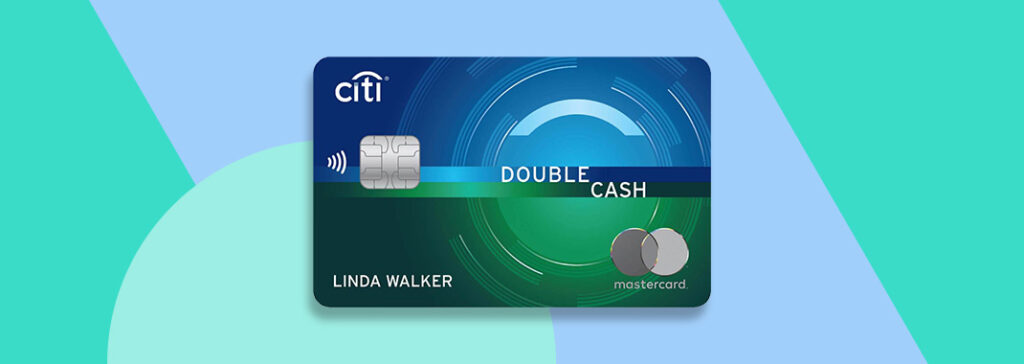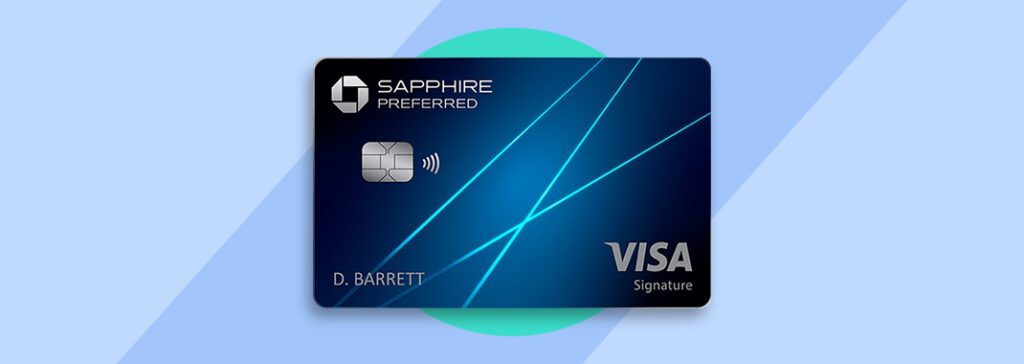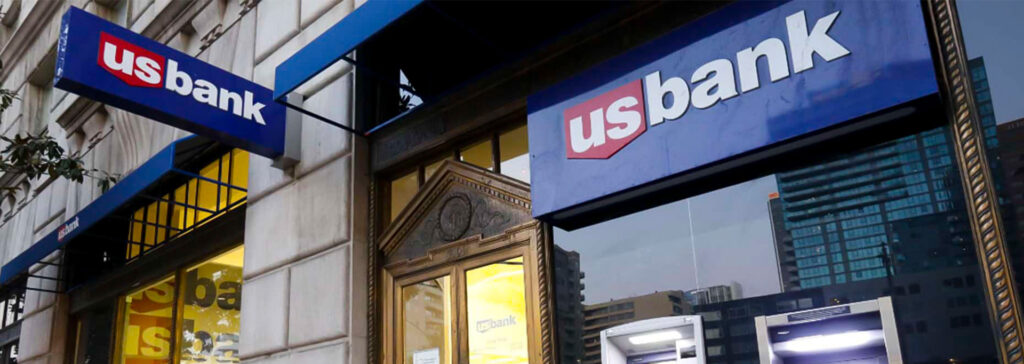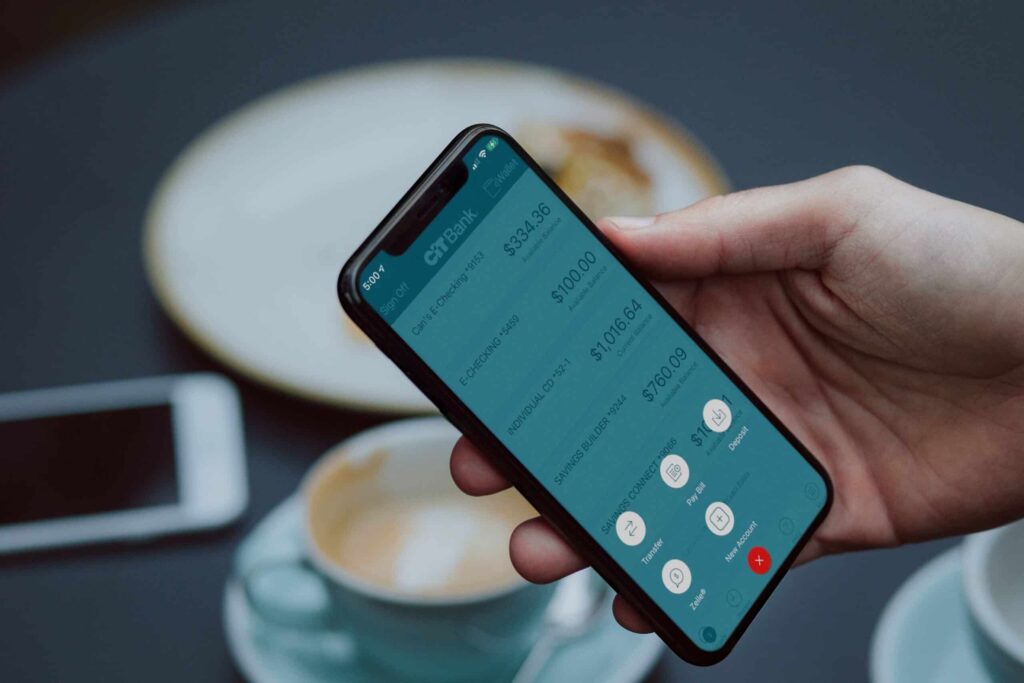Most products on this page are from partners who may compensate us. This may influence which products we write about and where and how they appear on the page. However, opinions expressed here are the author's alone, not those of any bank, credit card issuer, airline or hotel chain. This page may include information about American Express products currently unavailable on Slickdeals. American Express is not a partner of Slickdeals.
If you’ve been following the exciting world of cryptocurrency, you may be ready to buy your first bitcoin, ethereum or other digital currency. You have the option of buying and holding your currency through a wallet integrated into an exchange like Coinbase, but that’s not your only option.
You can store your crypto using fancy hardware wallets or even a scrap of paper. Keep reading to learn more about where to store your crypto and the pros and cons of online, hardware and paper wallets.
How Cryptocurrency Wallets Work
To store cryptocurrency, you need a cryptocurrency wallet. But unlike the fat leather wallet your grandpa carried around with all of his cash and cards, a cryptocurrency wallet helps track the owners of cryptocurrencies.
Every bitcoin and every other digital coin ever minted is tracked to a wallet. We don’t know who owns every wallet, but this tracking system is what makes the technology behind cryptocurrencies work. The giant database that tracks the owner of each currency is called a blockchain.
When you buy bitcoin, crypto or even NFTs, the asset is recorded as belonging to your wallet. As long as you have both the public address and private key, you can withdraw those assets to another wallet, sell them or just check-in that they’re safe and sound.
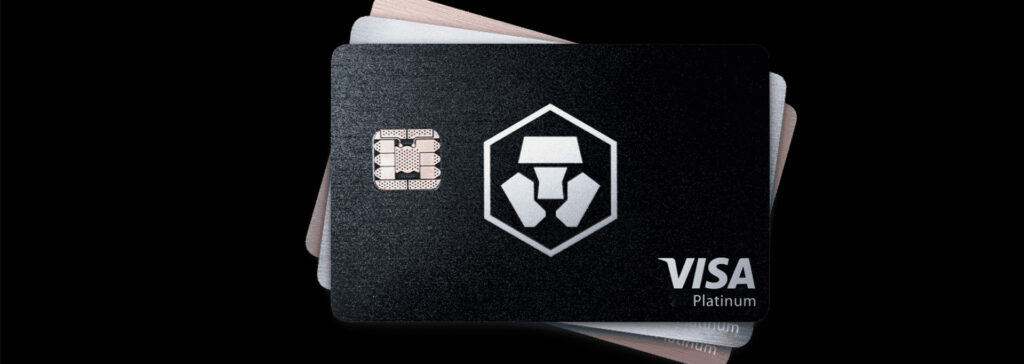 Related Article
Related Article
6 Credit Cards to Invest in Cryptocurrency
Do I Even Need A Cryptocurrency Wallet?
Before we dig into the details about cryptocurrency wallets, it’s important to understand how they work. Knowing your plans for your cryptocurrency may also influence your storage decision.
Most people in the United States will start buying cryptocurrency through an integrated exchange that also provides you with a crypto wallet. For example, if you start with a cryptocurrency brokerage like eToro or BlockFi, they will create a cryptocurrency wallet for you when you sign up. You may not even realize that you have a wallet or multiple wallets. If you have an exchange account with both bitcoin and ethereum, for example, you already likely have at least two wallets.
Some exchanges may hold assets for you, similar to how a stockbroker keeps your shares. However, there are risks with this model. The most infamous example is the fall of the Mt. Gox exchange. There, a hacker stole what was then worth nearly half a billion dollars that are were mostly impossible to recover.
When you have your own crypto wallet, you act as your own bank. That’s the “decentralized” part of decentralized finance. If you’re ready to manage your own wallet outside of an exchange, here are your main options and what you need to know:
Software Wallets
Software wallets are a type of digital wallet that’s always connected to the web. If you use any kind of app to store your currency outside of your exchange, it’s probably a software wallet.
The big benefit of software wallets is the ease of use. Because they’re always connected, you can easily send and receive without much extra work. They are generally password-protected, just like your bank account or investment brokerage account. But that puts a lot of trust in your account creator that they’re doing everything right and working in your best interest.
As Mt. Gox customers learned, cryptocurrency assets are not FDIC insured. If someone hacks and steals them, they’re gone for good. That security risk has many crypto enthusiasts looking for more secure places to store those valuable digital coins.
If you are new to cryptocurrency or are primarily focused on simplicity, software wallets are probably your best option. Just make sure to keep your passwords extremely secure. Unlike a regular bank that comes with government-backed insurance and powerful anti-fraud tools, you’re probably out of luck if something goes wrong with your crypto account.
Hardware Wallets
Hardware wallets are the industry standard when it comes to security. When your assets are moved onto a hardware wallet, not even you can get to your bitcoin without that physical wallet and any related passwords.
The two most popular hardware wallets are arguably the Trezor and Ledger wallets. I have a Ledger myself and use it to keep the majority of my crypto assets. To send coins or access my private keys, I need to plug in or connect my wallet to my phone or computer and enter a security code. These are a step up from a security fob you may need to log in for work or your bank and offer more protection than two-factor tools like Google Authenticator.
The downside here is the hassle of using it. If I want to transfer funds from an outside exchange to my hardware wallet and view my address, I have to get it, plug it in, open the companion app and type in my PIN. But that extra 30 seconds or so of work are well worth it for me to avoid a Mt. Gox redux. If my device is ever lost or destroyed, I have a set of backup words to restore my wallets.
These wallets also have a cost. You may spend anywhere from around $50 to $200, depending on the wallet you choose. If you choose a hardware wallet, you may also have to pay extra network fees to transfer your assets in from a favorite exchange.
These require a bit more tech-savvy than software wallets but give you more security. As long as you keep your unlock codes and passwords safe, there’s nowhere better to store your crypto, in my humble opinion.
Crypto Term: Cold Storage
Cold storage is a term for wallets that are not connected to the internet. Hardware wallets and paper wallets are both examples of cold storage. Drop that at your next dinner party or video call to impress your friends.
Paper Wallets
If you want to do things very simple, you don’t actually need a software or hardware wallet at all. Remember, your wallet address is just two strings of alphanumeric codes. You can print out your public and private keys onto a piece of paper and use that as a cryptocurrency wallet. I have one of those tucked away as well because I wanted to try it out.
The big benefit is that it’s free and easy to use. Anyone with a printer can make a paper wallet. But like a hardware wallet, if you lose it and don’t have any backups, your cryptocurrency is lost as well.
Stories of people searching through garbage dumps looking for old computers to get at their cryptocurrency accounts likely used this method or a variation. In addition to printing a paper wallet, you can just save a copy on your computer to store your keys.
There’s no technical reason you can’t load up a paper wallet and put it in your safe deposit box at the bank for decades. I find these to be a bit too risky for me for any serious use. It could work as a temporary solution, but it’s not something I would trust long-term.
Keep Security in Mind When Buying and Using Cryptocurrency
When any new financial product comes along, there’s always a bad guy waiting on the sidelines who tries to take advantage of unsuspecting, innocent people. To make sure you have a positive and enjoyable cryptocurrency experience, always keep security at the front of your mind when buying, sending and storing.
In most cases, you will be completely safe with little to worry about. But there’s little harm in taking a few extra steps to put your crypto in the safest possible wallet for your needs.
